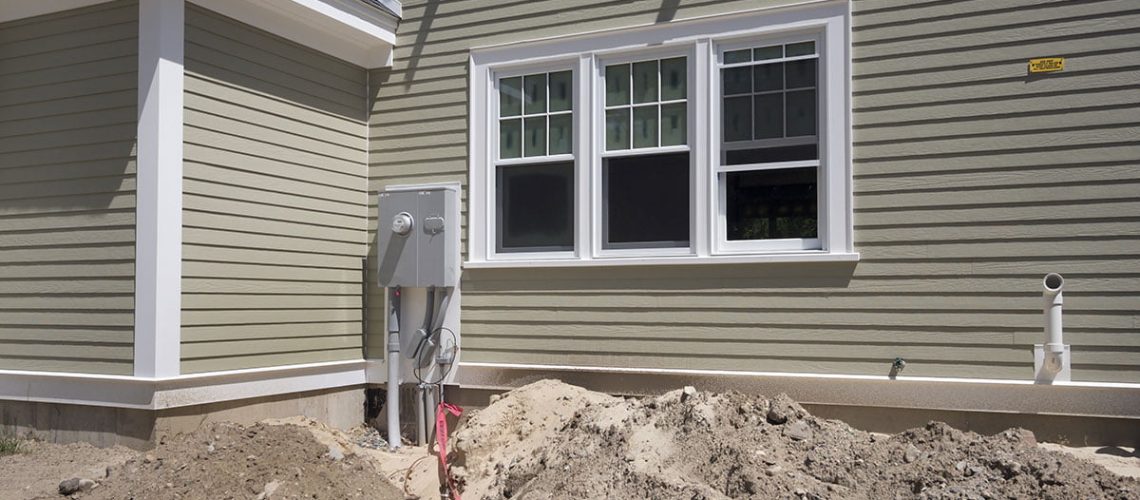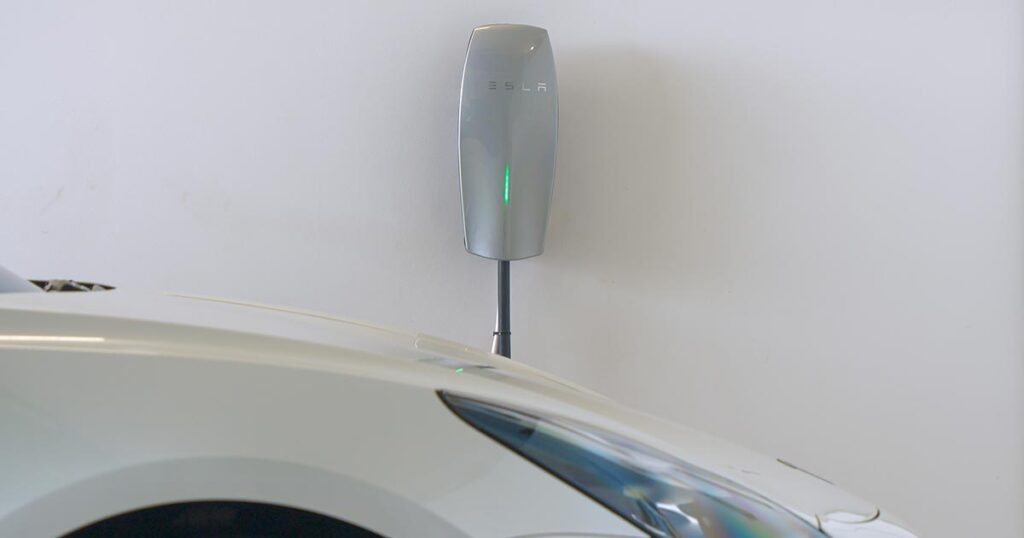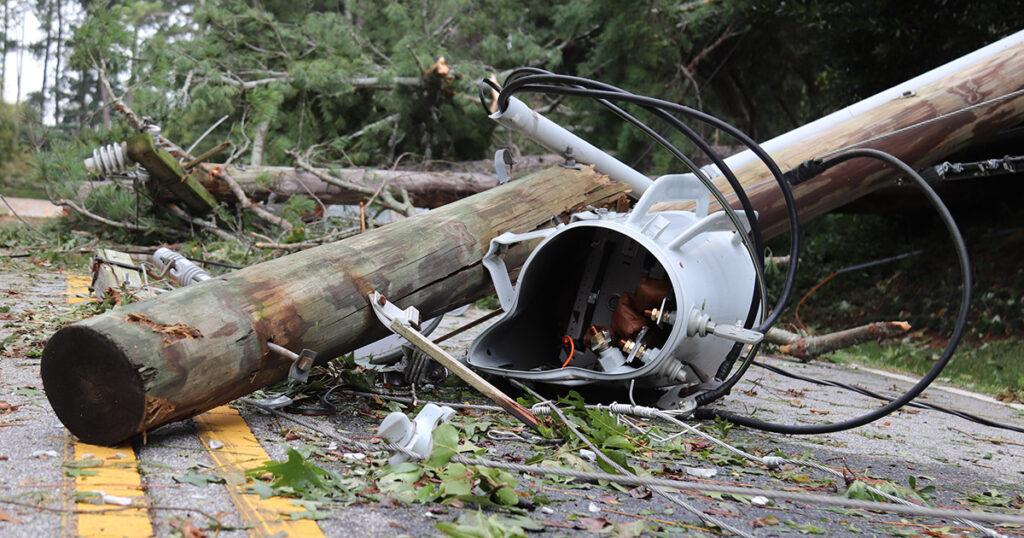Knowing how many amps your home currently has and how many it should, can help ensure that you have enough power for all your appliances, lights, and equipment without overloading circuits. Sometimes the challenge for the homeowner is finding the size of the current service and deciding how many amps your home may require.
How To Check The Amp Size Of A House’s Electrical Service
The first step is finding out what service you currently have. Looking at history, electrical panels have changed significantly over the years. Your panel may depend on the year when the home was built and if any upgrades have been performed.
Starting in 1950 and earlier, a 30-amp fuse box would be considered standard. In the 50s and early 60s, 60-amp electrical panels were usually installed providing 240 volts of power.
Since the early 60s circuit breaker panels were generally the choice and that is still the setup used today.
Many current homes have a 100-amp service – the minimum recommended. 100-amp service is required by most insurance providers as a 60-amp service poses the risk of overuse and overheating, potentially increasing the risk of an electrical fire.
When it comes to assessing the amp size of a house’s electrical service, there’s no one-size-fits-all solution. Every home is different and requires different amounts of amps for proper distribution.
To find more information about your current service you can start with the following:
- Locate the main service electrical panel, which should be clearly marked on the outside of your house or in a utility closet and look at the main breaker. This will tell you what type of service your home has and how many amps it serves.
- Often you can also find the size of your electrical service by looking at the electrical meter outside the house. It may be printed on its face or on a label affixed to its body.
- You can also measure the diameter of the conduit in which the main service wire is run. A 2-inch conduit can hold a wire for a 200 amp service, a 100 amp service would be located in 1 1/4-inch conduit and a 1-inch conduit holds a wire for a 60 amp service. Conduits can be oversized, so it’s possible to have a 60 amp service entering your house, even if your conduit is 2”.
When Do I Need to upgrade to a 200-Amp Service Electrical Panel?
In many cases, a 100-amp panel is sufficient for most smaller homes, but in some instances, a larger 200-amp panel may be required. The amps listed on the main circuit breaker determine the maximum amount the house can safely use. If the power demand for a circuit approaches the amps the circuit is rated for, the circuit breaker will trip. If you need to add more breakers to your panel – 100 amp service may limit you in doing so.
If you are considering adding large appliances such as AC units, and electric range, make sure your house’s electrical supply allows for the expansion.
Newly build homes will most often default to 200-amp panels. The main difference between the two types of panels is that 200-amp panels have a higher capacity and can fit more circuits. It also gives you a chance for future growth or adding SF and electrical outlets to your home.
I still have a Fuse Box. Should I upgrade it?
In older homes, a fuse box would be the standard vs. a circuit breaker panel. If your current service is at 60-amp – the upgrade would be highly recommended. There is most likely not enough power supply for your current needs. Also, bringing up your electrical system to current codes is the best and safest for your family.
The amount of electricity your home can utilize is determined by the electrical service panel installed. It is required to work with a licensed electrician to upgrade the service and the panel in your home. Our service technician will be able to tell you whether your electrical service size is adequate for your existing and future needs, or whether you need to upgrade your electrical panel to 200 amps.



